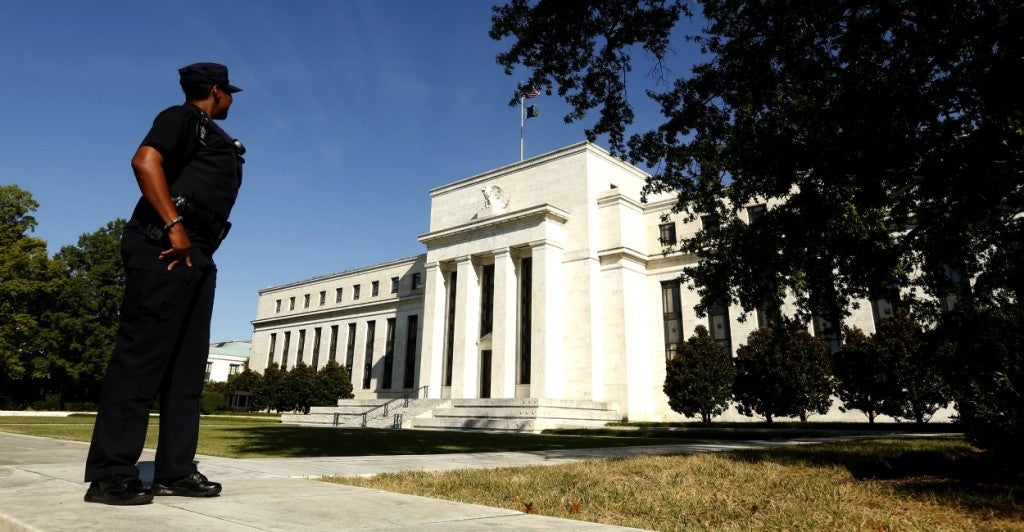Proponents of monetary policy reform and financial deregulation have had very little to cheer about during the last few years.
Even many of the positive reform efforts in the U.S. House have been largely isolated to the Financial Services Committee, with little hope of even receiving a vote in the House, much less becoming law.
But now there’s an indication that the new House leadership is ready to support serious policy reforms: The House is scheduled to vote this week on the Fed Oversight Reform and Modernization Act of 2015 (the FORM Act).
The FORM Act includes many policy ideas that would help improve U.S. monetary policy. The following list provides four key policy changes that this type of legislation would institute.
- Require the Federal Reserve to Operate Under a Rules-Based Framework.
Throughout its history, the Fed has operated within a purely discretionary policy framework. Rules-based monetary policy, on the other hand, gives a central bank a clear set of guidelines that credibly commit it to future policy actions.
Naturally, central banks will be hesitant to support this type of policy change because it limits their discretionary authority, but the FORM Act would allow the Fed to choose its own monetary policy rule. Furthermore, the new framework would give the Fed the flexibility to stop following its policy rule, provided that it explains its decision to Congress.
This approach would greatly reduce uncertainty concerning the Fed’s future policy actions without overly restricting the Fed.
- Restrict the Fed’s Emergency Lending Authority.
The Fed has a long history of lending to insolvent firms, and the best approach to fixing this problem would be to eliminate the Fed’s emergency lending authority.
The FORM Act doesn’t go this far, but it would implement restrictions aimed at making it more difficult to lend to insolvent firms at subsidy rates of interest, a major problem during the 2008 crisis.
- Audit the Fed.
Many commentators have pointed out that the Federal Reserve is already subject to financial audits, but the Fed’s monetary policy decisions are off limits to Government Accountability Office (GAO) audits. The FORM Act would remove the restrictions that prevent such GAO audits, thus allowing for a retrospective exam of the Fed’s monetary policy actions.
Critics paint these policy audits as harassment of the Fed, but the GAO is an independent, nonpartisan congressional watchdog that regularly investigates federal agencies. Several former GAO officials have even pointed out that critics of “Audit the Fed” are maligning the GAO. No aspect of what the Federal Reserve does should be off limits to the GAO.
- Establish the Centennial Monetary Commission.
The FORM Act’s Centennial Monetary Commission is a bipartisan congressional commission based on the one proposed in the Centennial Monetary Commission Act of 2013. The goal of this type of policy would be to “establish a commission to examine the United States monetary policy, evaluate alternative monetary regimes, and recommend a course for monetary policy going forward.”
The commission’s recommendations would not bind Congress to implement any legislation, but it would provide Members of Congress with information they need to fulfill their constitutional responsibilities for monetary policy. Moreover, such a commission would provide a public venue for both critics and supporters to discuss the Fed’s past operations and the appropriate role for the central bank going forward.
Monetary Reforms Are Needed
The FORM Act includes several other policy ideas that would move U.S. monetary policy in the right direction, but U.S. financial markets need many more reforms.
For instance, Dodd-Frank imposed many harmful rules—such as the qualified mortgage (QM) standard—and the entire law should be repealed.
In the meantime, improve economic outcomes by eliminating the Fed’s broad discretionary powers and implementing the types of policies included in the FORM Act.
If House leadership is willing to engage in these types of monetary policy reforms, advocates of freeing financial markets from government intervention have a great deal to look forward to.
